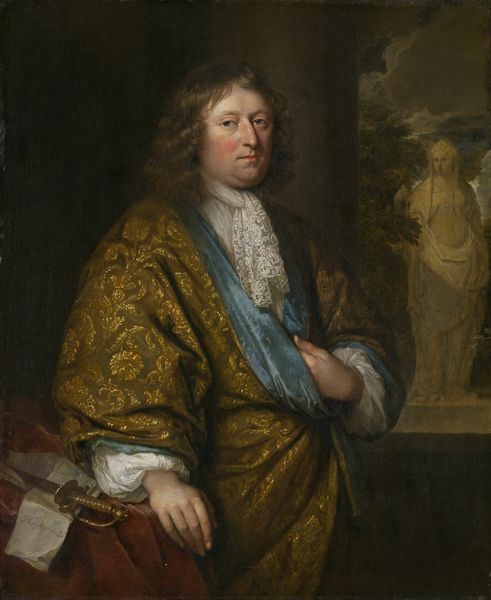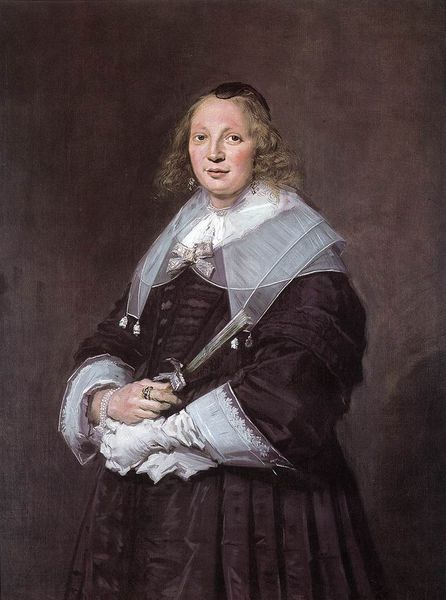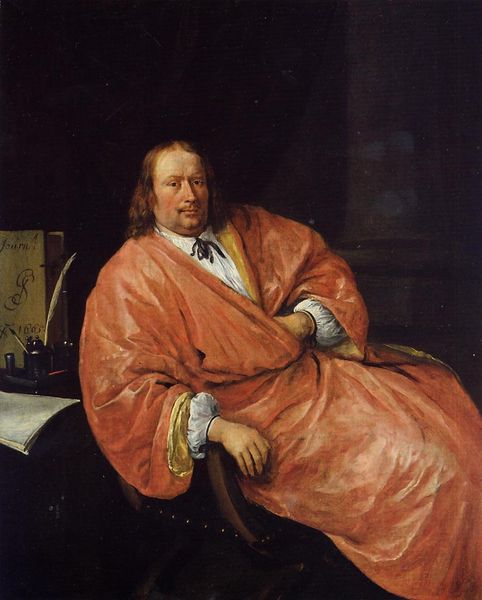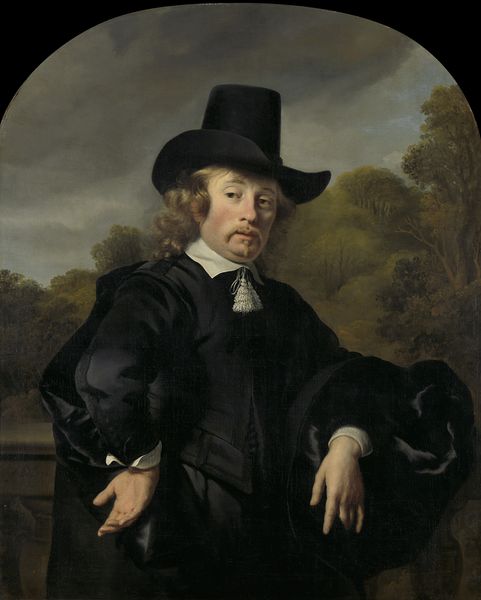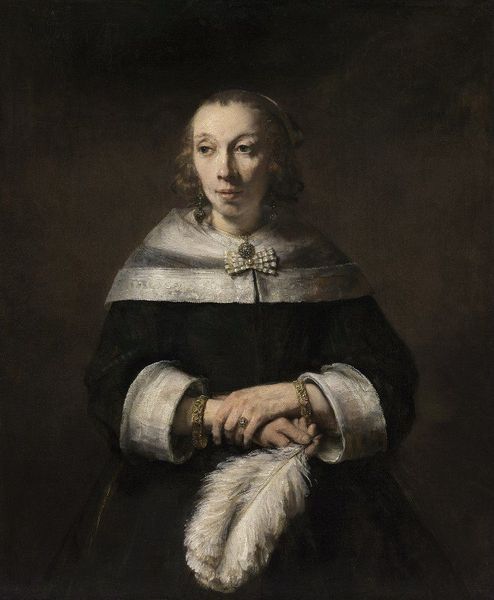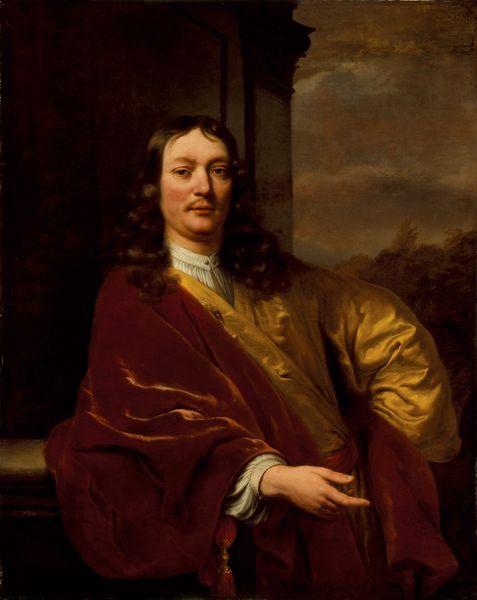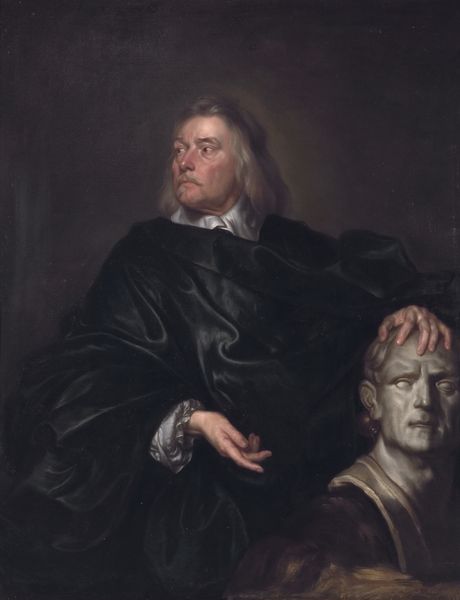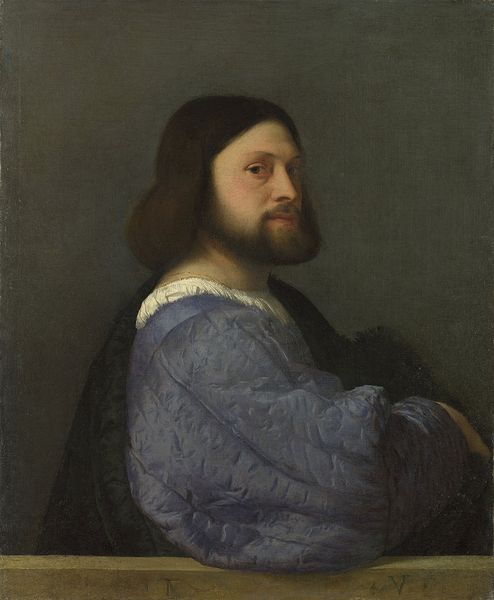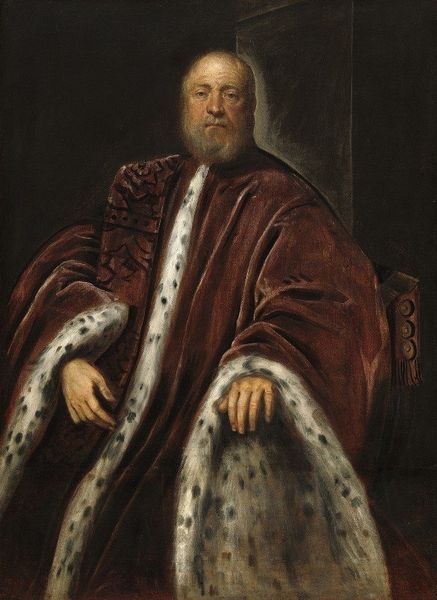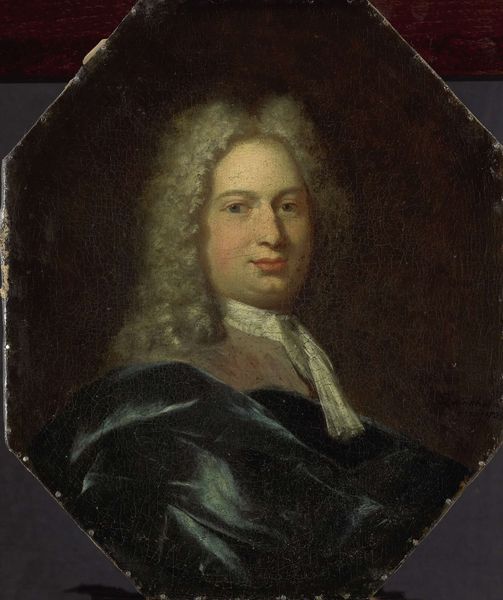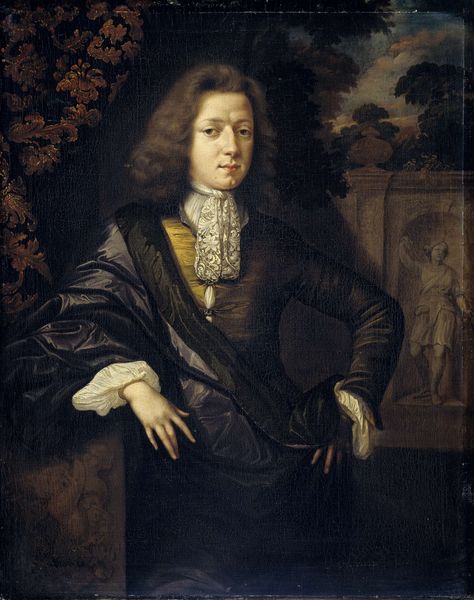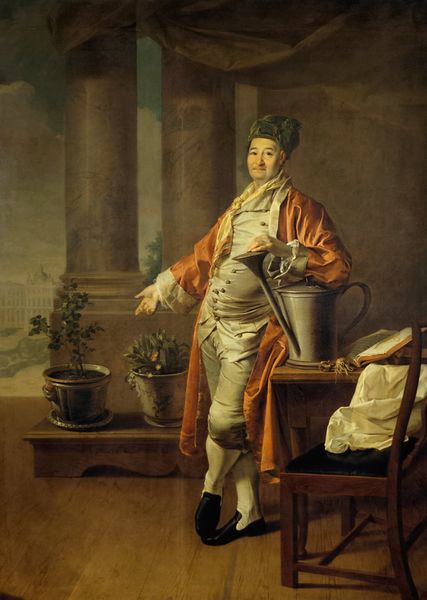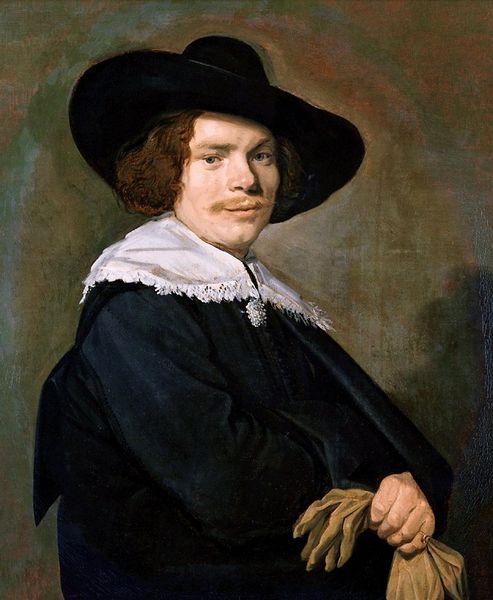
oil-paint
#
portrait
#
character portrait
#
baroque
#
dutch-golden-age
#
oil-paint
#
figuration
#
history-painting
#
academic-art
#
portrait art
Copyright: Public domain
Editor: This is Ferdinand Bol's "Portrait of a Man," painted in 1663, currently residing at the Rijksmuseum. There’s something about the subdued color palette that makes the subject appear both regal and slightly melancholic. What strikes you when you look at this painting? Curator: You know, that "slightly melancholic" air is quite captivating, isn't it? The gentleman’s gaze meets ours with an openness, but there’s a story etched on his face – maybe of philosophical contemplation, perhaps loss? Bol, being a student of Rembrandt, masters that evocative play of light and shadow. And have you noticed how he subtly positions him against a classical backdrop? It speaks to a desire for erudition, a connection to the wisdom of the ages. What do you make of the slightly theatrical gesture of his hand? Editor: I did notice the backdrop. The hand gesture makes me think he's making a point or is in the middle of a speech. Is the setting there to signify this person's importance? Curator: Precisely! The column and statue whisper of Roman virtues and grandeur. Perhaps he was someone engaged in the public sphere - a rhetorician, a scholar? And think of the velvet robe, hinting at wealth but not flaunting it ostentatiously. It’s all very Dutch, isn’t it? Understated elegance. Do you sense how Bol uses textures to create an immersive experience, too? Editor: Absolutely. The velvet looks so tactile, and the light on the satin is beautiful. I guess I’m getting a better sense of how carefully constructed these portraits are. It is far more than a pretty picture of someone from the time. Curator: Indeed! Every brushstroke serves a purpose. It's not merely replication, but interpretation - almost as if Bol were sculpting character with pigment. It’s a gentle reminder that behind every portrait lies a life, a narrative waiting to be deciphered. And art offers us those secret glimpses into history.
Comments
No comments
Be the first to comment and join the conversation on the ultimate creative platform.
